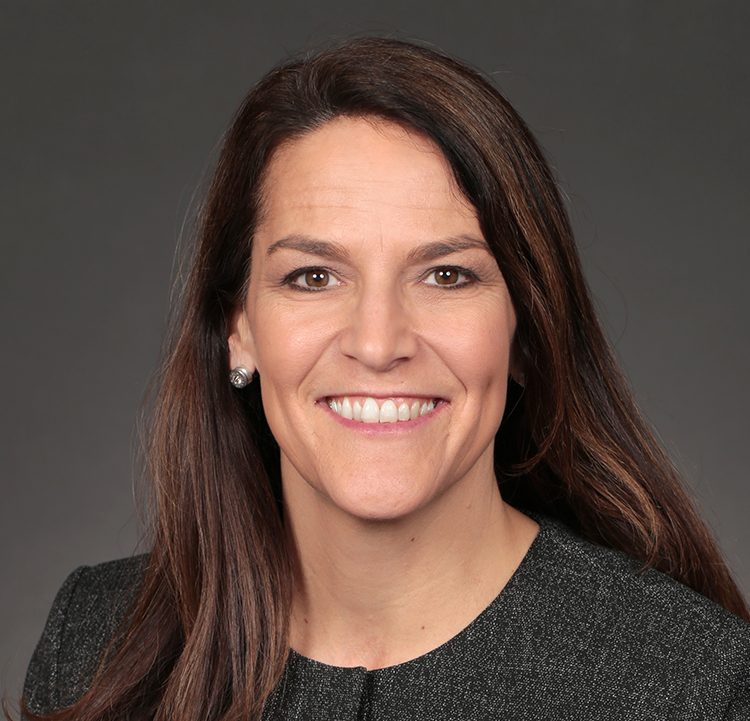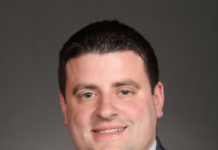Late last week the Iowa Department of Education released statistics for this school year regarding how many Iowa families utilized the new Education Savings Accounts (ESA) to help pay for non-public school education.
The number of students using ESAs was more than anticipated, demonstrating strong demand for the program. Almost 17,000 students are using ESAs this school year. Twelve percent of those students were previously enrolled in public school, while 21% are incoming kindergartners. Two-thirds of those accessing an ESA were already enrolled in private school.
Opponents to school choice promised a mass exodus of students from public school. Despite the uptick in private school enrollment, enrollment in public schools decreased by less than 1%. Students leaving rural schools for private schools could typically be counted on one hand, if any. Opponents also claimed it would lead to massive cuts in funding. Last year the legislature approved more than $107 million in new school funding for K-12 public schools. This year the governor proposed a higher minimum starting pay for new teachers, regular funding increases, and other educational spending to total even more new money for Iowa schools than last year.
The reality of the school choice debate is that a vast majority of Iowa students will continue to be educated in public schools. Choice will lead to better student outcomes in both public and private schools because every time Americans have more choice, quality goes up and costs are held down. Iowa schools won’t see mass closures, opportunities in rural Iowa will remain, and student achievement will continue to increase.
















